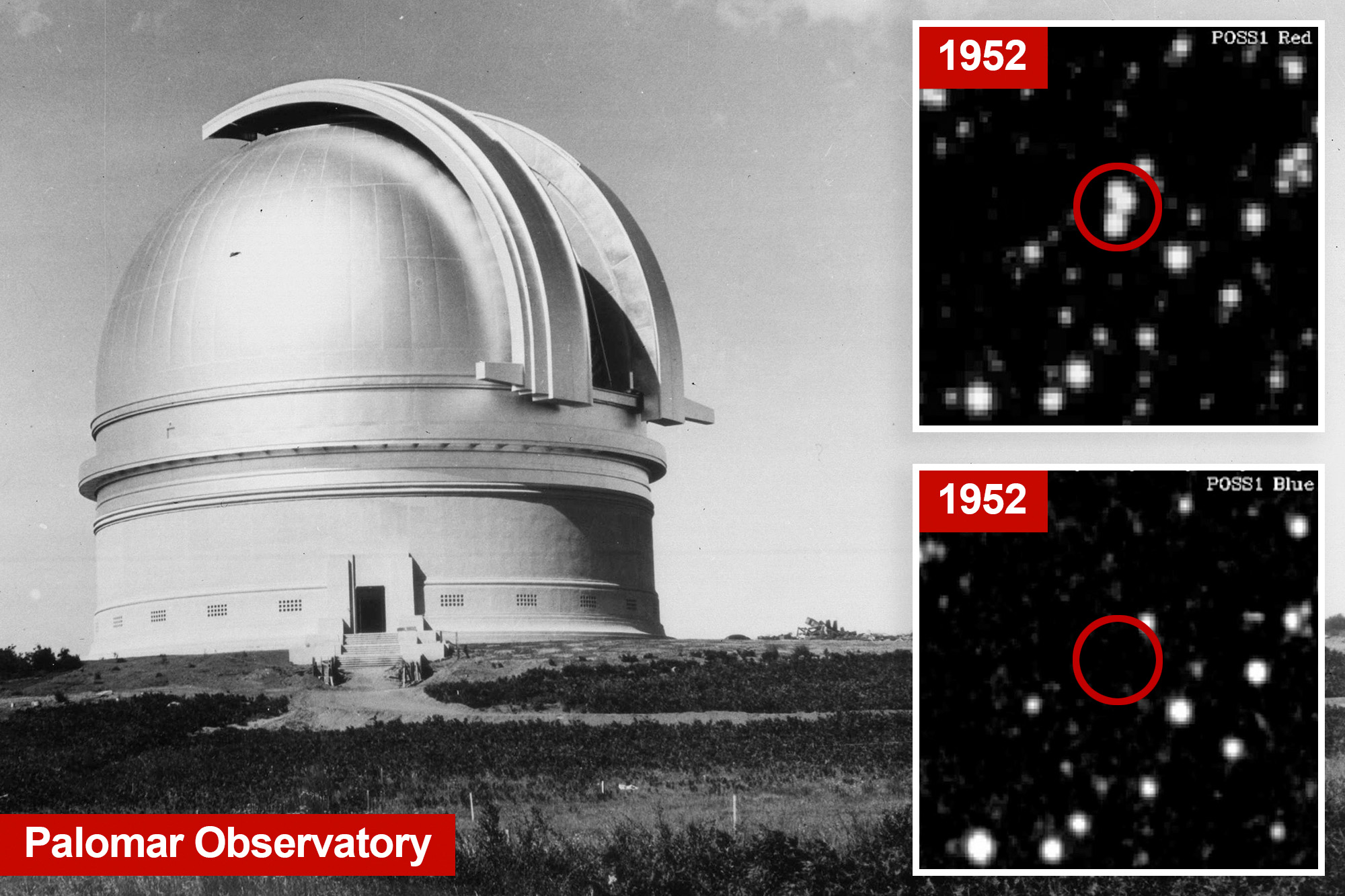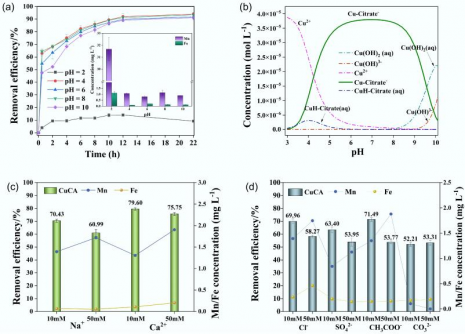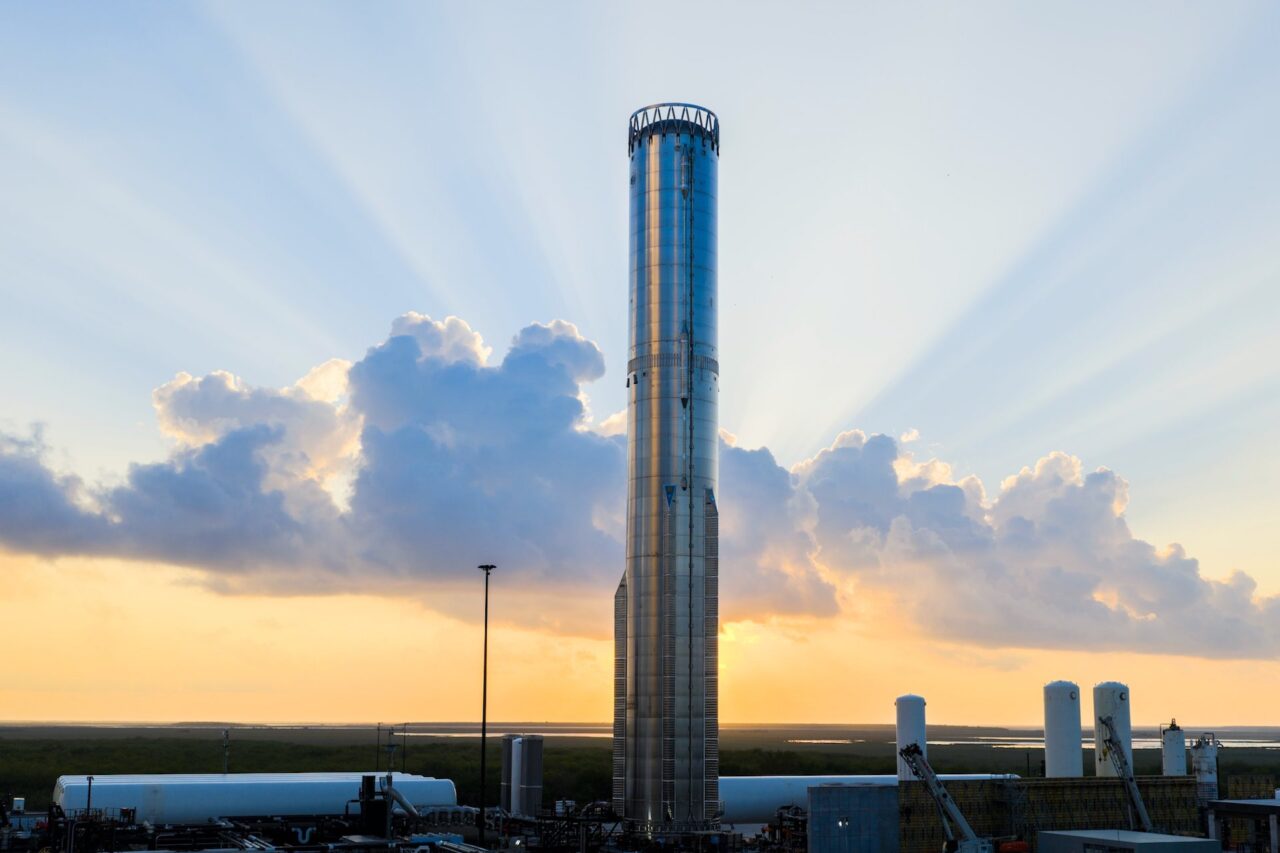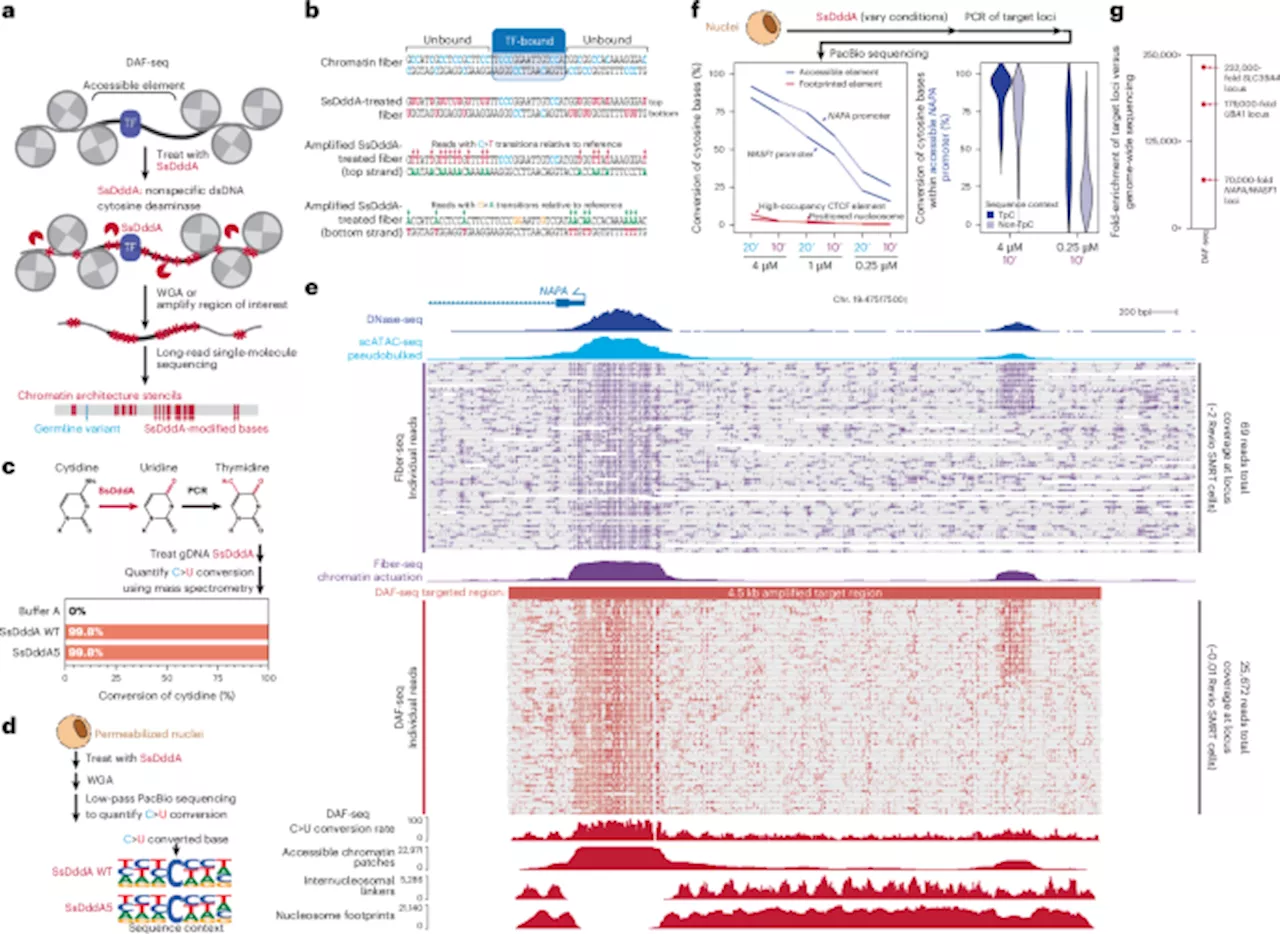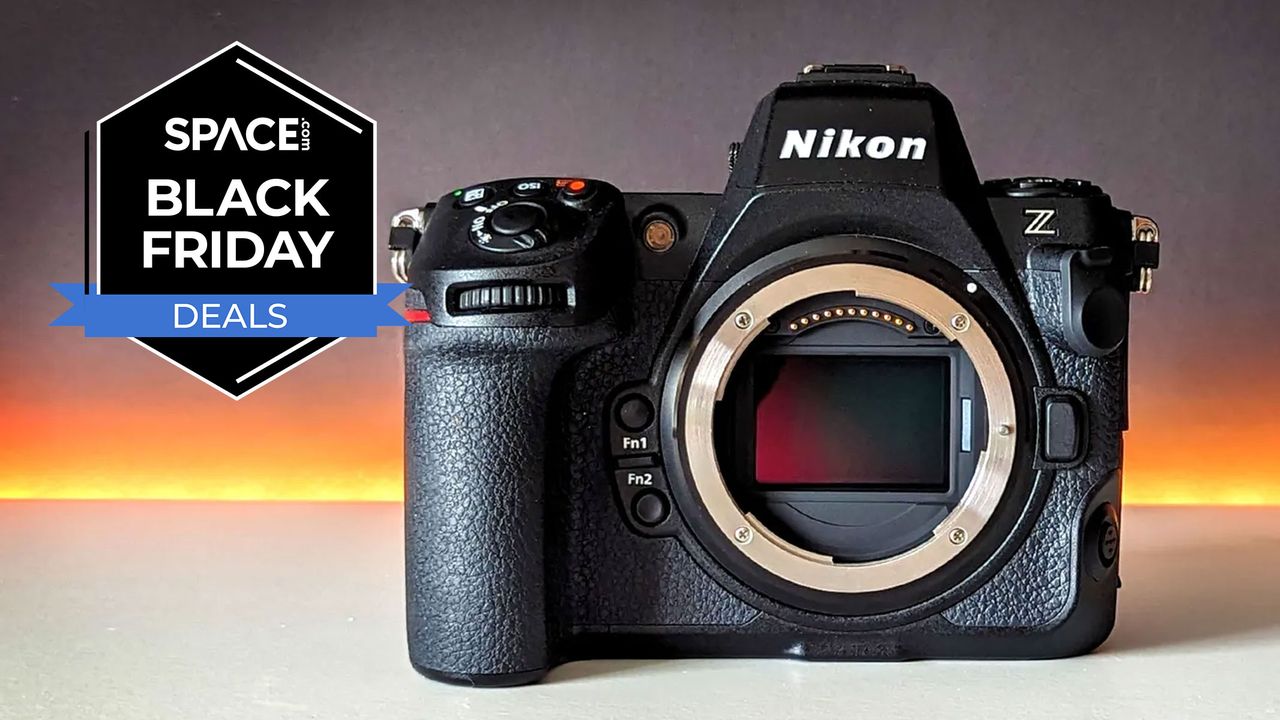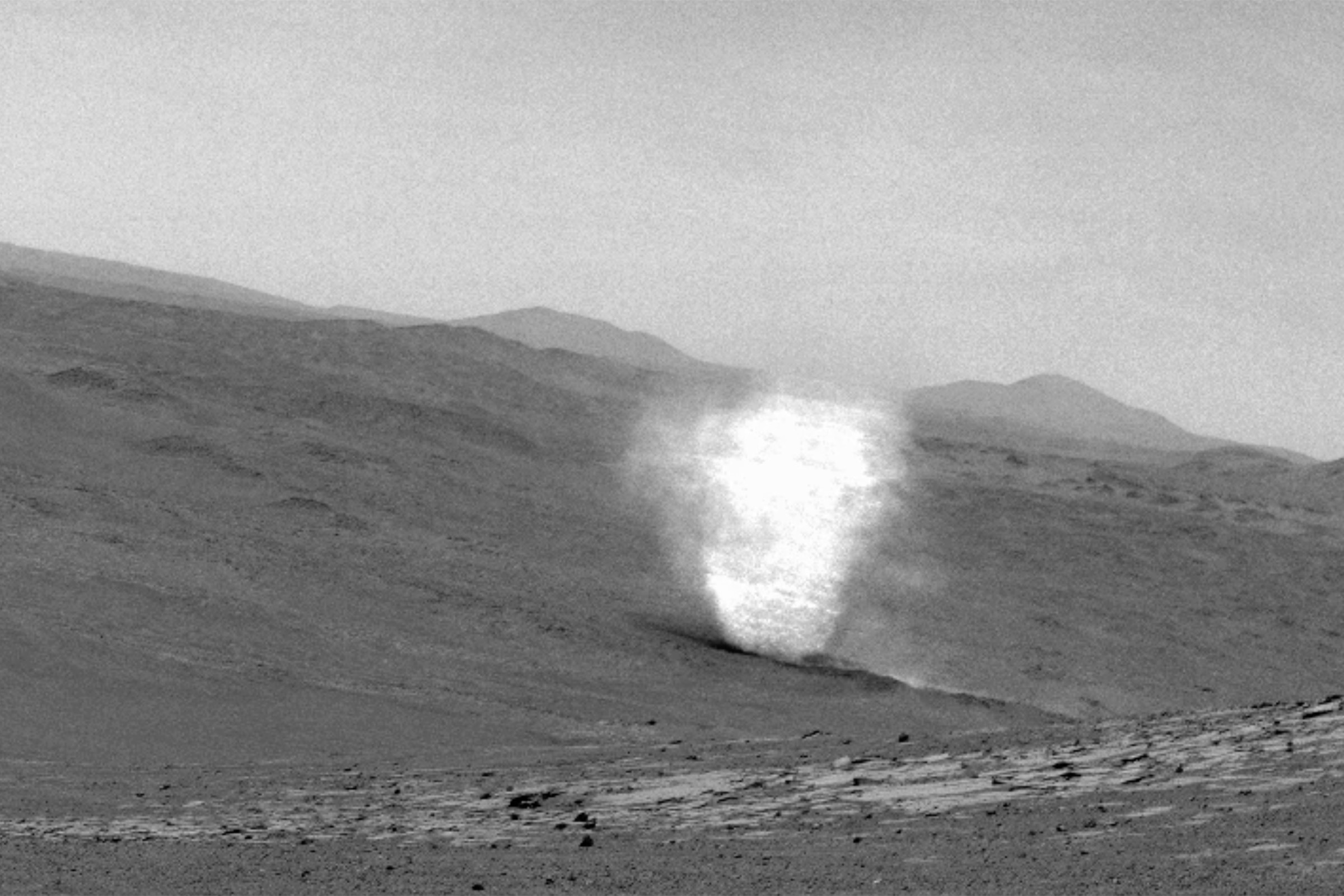A pair of recently published scientific papers has revealed the potential detection of unidentified flying objects (UFOs) in photographs taken during the 1950s. The research, led by astronomer Beatriz Villarroel from the Nordic Institute for Theoretical Physics, suggests that “transients”—fleeting, star-like objects of unknown origin—captured in historic photographic plates may provide evidence of extraterrestrial visitors.
The papers, published in reputable journals, claim there is a “small positive correlation” between sightings of unidentified aerial phenomena (UAP) and these transients. Villarroel argues that these objects could represent UAP in Earth’s orbit, suggesting they might explain some sightings reported over the decades. The research appears in Nature’s Scientific Reports and the Publications of the Astronomical Society of the Pacific, with significant findings detailed in articles dated October 17 and October 20, 2023.
Historic Photographic Analysis
The research team analyzed around 2,000 photographic plates from the Palomar Observatory, taken between 1949 and 1958 as part of the Palomar Sky Survey. This survey was one of the first detailed astronomical studies of the night sky. Notably, these photographs were created before any man-made satellites were in orbit, making the findings particularly intriguing.
Using machine learning and imaging processing software, Villarroel and her colleagues identified approximately 107,000 transient lights that appeared in the images. While some were ruled out as errors, thousands remain unexplained. Villarroel claims that these unexplained transients align with numerous notable UFO sightings, including the infamous Washington DC UFO Incident of July 1952, which saw a surge in reports of flying saucers over the nation’s capital.
Connections to Nuclear Testing
The research further indicates that transients were observed more frequently on or near the dates of nuclear tests, with a reported 45% increase in sightings within 24 hours of such events. The last recorded transient linked to a nuclear test in their dataset occurred on March 17, 1956, just a day after the Joe 21 nuclear test in Russia, according to data from the University of Columbia.
In an extraordinary finding, the researchers noted that multiple transients appeared in a straight line across a photographic plate, a phenomenon Villarroel claims is unlikely to be explained by any known natural occurrence. The implication that UAP sightings are “significantly” associated with periods of nuclear weapons testing adds a layer of complexity to the ongoing discourse around unidentified aerial phenomena.
Villarroel’s studies contribute to the growing body of research examining the intersection of UFO sightings and historical events, particularly those related to nuclear activity. As the field of astronomy continues to evolve, these findings may invite further investigation into the origins and nature of these mysterious transients.
Overall, the research supports the hypothesis that there is a connection between transients, nuclear testing, and UAP sightings, opening new avenues for exploration in both astronomy and the study of unidentified aerial phenomena.

